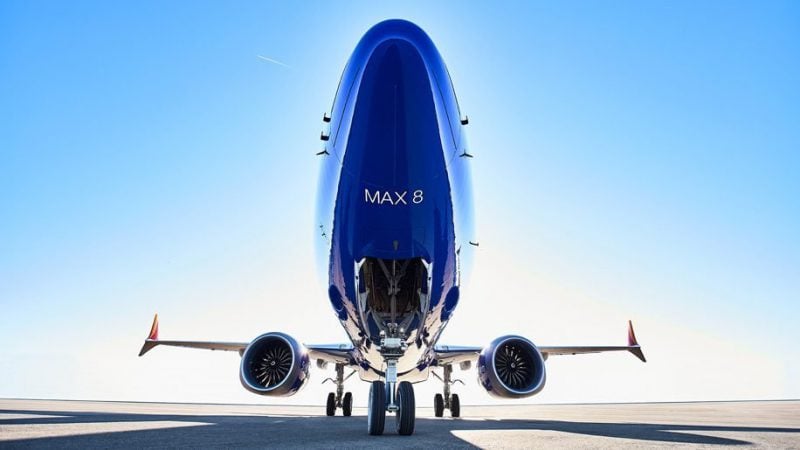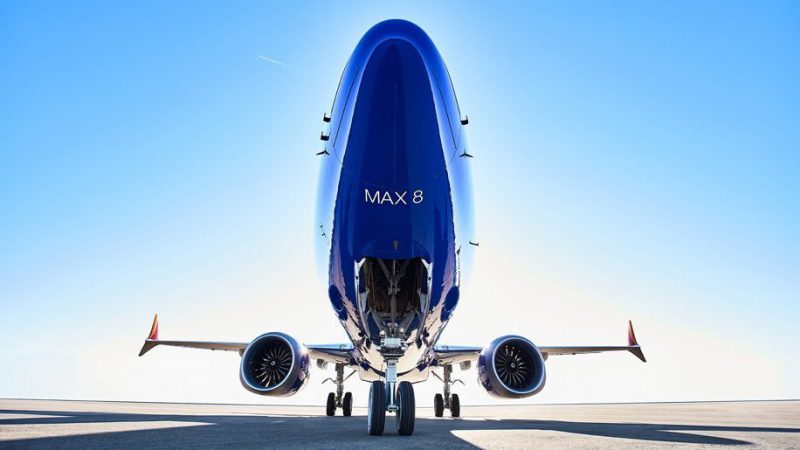Regulators Clear 737 Max for Return to Europe’s Skies
After “independent extended design review,” EASA found changes in design and training met its requirements to return the jetliner to service
January 28, 2021


After being grounded for almost two years, the Boeing 737 Max has been cleared by EU regulators to return to service in European skies.
The European Union Aviation Safety Agency has approved the jetliner to fly again, after mandating a package of software upgrades, electrical wiring rework, maintenance checks, operations manual updates and crew training.
EASA’s approval follows similar moves by the US Federal Aviation Administration, and aviation authorities in Brazil and Canada. In November the FAA lifted its order grounding the 737 Max, following a 20-month ban that stemmed from two deadly crashes in 2019 that killed 346 people.
The two accidents were blamed in part on the aircraft’s Maneuvering Characteristics Augmentation System (MCAS). Input from a malfunctioning sensor caused the MCAS flight control system to mistakenly detect a stall, forcing the nose down and leading to a crash.
“Following extensive analysis by EASA, we have determined that the 737 Max can safely return to service,” EASA executive director Patrick Ky said in a statement. “This assessment was carried out in full independence of Boeing or the Federal Aviation Administration and without any economic or political pressure – we asked difficult questions until we got answers and pushed for solutions which satisfied our exacting safety requirements. We carried out our own flight tests and simulator sessions and did not rely on others to do this for us.”
EASA set four conditions to be met before the aircraft could be returned to service:
• The two accidents needed to be sufficiently understood
• Boeing’s design changes to address the issues need to be approved by EASA and implemented aboard the aircraft
• The design had to undergo an independent extended review by EASA
• Boeing 737 Max flight crews had to undergo enhanced training.
“These four conditions have now all been met, allowing us to go ahead with the return to service,” Ky said.
“We have every confidence that the aircraft is safe, which is the precondition for giving our approval,” he added. “But we will continue to monitor 737 Max operations closely as the aircraft resumes service. In parallel, and at our insistence, Boeing has also committed to work to enhance the aircraft still further in the medium term, in order to reach an even higher level of safety.”
With some exceptions, EASA’s Airworthiness Directive is basically the same as that issued by the FAA, including software enhancements aimed at fixing the MCAS performance, plus other aircraft modifications and more pilot training.
“The mandated actions need to be seen as a complete package which together ensure the aircraft’s safety,” Ky said. “This is not just about changes to the design of the aircraft: every individual 737 Max pilot needs to undergo a once-off special training, including simulator training, to ensure that they are fully familiar with the redesigned 737 Max and trained to handle specific scenarios which may arise in flight. This will be reinforced by recurrent training to ensure the knowledge is kept fresh.”
With the lifting of restrictions, airlines have already begun returning the 737 Max to service. In December, both Brazilian carrier GOL and American Airlines restarted operations using the aircraft.




